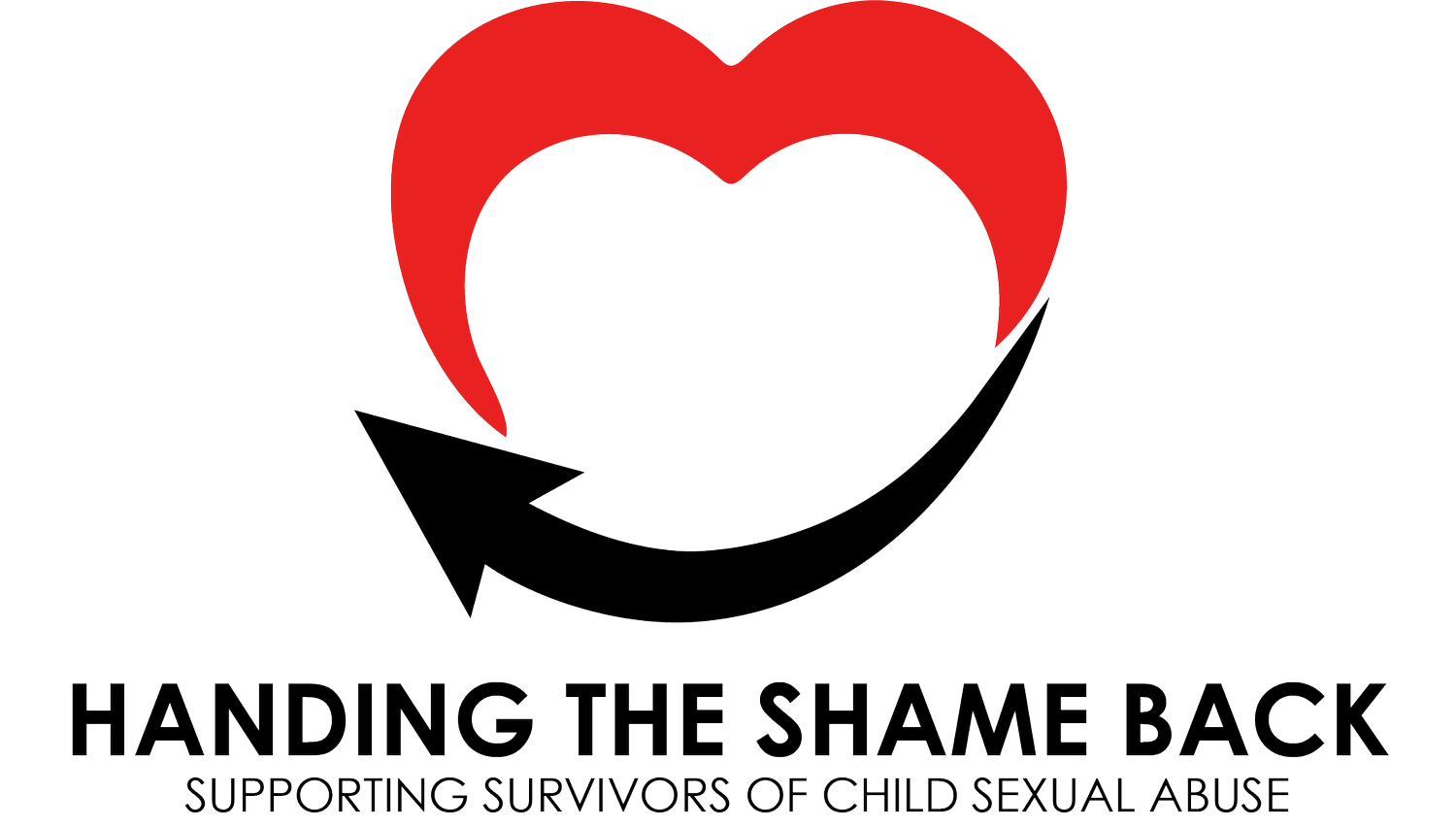Resilience
Is seen as having strength in the face of hardship, being able to withstand the challenges that come our way with fortitude and determination. Sometimes this happens easily, sometimes not so much.
What we tend to struggle with are not the everyday challenges like the internet going down or the hot water running out, it’s usually more personal than that and involves either ourselves or people we love suffering in some way.
Finding resilience can be difficult and alters depending on the situation. For some of us we are always resilient, for others not often. Though much has been written on this, there are some takeaways that are useful when times feel hard.
I have been reading a book called The Resilience Project by Hugh Van Cuyleburg, where he cites the three core attributes of resilience as being Gratitude, Empathy and Mindfulness (GEM). He discovered this through working in India where he noticed the children were happy even in the face of abject poverty with no indication of that ever changing.
What he found were 3 core aspects being common themes among them: gratitude, empathy and mindfulness.This from children who had no power to change anything in their lives and got me to thinking, if they can do that surely it’s possible for us to as well?
The question becomes; how can we use this in our own lives to develop more resilience when things feel not just difficult but unsustainable?
The answer simply is: by practicing.
Feeling grateful is something we can all do; it may be that someone dropped your mail off to you personally. It could be that the sky had an amazing depth of blue you hadn’t seen earlier, or it may even be that someone in your life reflected what a wonderful person you really are. Ultimately, noticing it, and being grateful takes the focus off how hard life can be, which is where we typically send our thoughts.
The second attribute is empathy and seems more prevalent in some than others. Even in the face of hardship or disagreement, we have the opportunity to ‘see things from another’s view’. We don’t live their lives; we don’t experience what they do but having empathy for them certainly softens down ‘our needing to be right’ stance. And it shows. How we feel is obvious to others and it costs us nothing to find a measure of empathy for them.
The 3rd aspect of resilience is mindfulness. This too has been written about endlessly. Being in the moment with enjoyment and awareness is helpful to us, it calms down our central nervous system and helps us experience ‘what is’ instead of what isn’t. Some useful ways to practice this can be looking out from our desk or kitchen window and noticing what nature is doing. It may be in the gentle way the branches on the tree are swaying or the focus the birds give while pecking for food. Whatever we notice and give attention to, is mindfulness in action.
Resilience is a learned behaviour, one we are all capable of encompassing. We need to enjoy our lives, rather than endure them, and building our gratitude and empathy are big steps towards that.
How we feel is always important, what we do with it is more important. Being resilient is a big part of that. If we can’t change what is, we can only accept it. By resisting and pushing away at it, we only make it more difficult to manage.
If we could all start today though bringing more gratitude into our lives, we would find there is even more to be grateful for.
If we managed to find empathy for people and situations we are in, we would cope better.
If we could live in the moment instead of backtracking or constantly worrying about what lies ahead, I believe we would all feel more resilient.
How resilient are you
Would you like to be better at it
Try the GEM technique and notice your resilience grow

